by Scott A. Thompson of Aero Vintage
B-17G 44-83718 (N900RW), most recently known as Thunderbird, remains under extensive rebuild in an Erickson Aircraft Collection hangar in Madras, Oregon. AeroVintage’s contributor Connor Bond visited and viewed the aircraft in early September 2022 and passed on these photos and information.
This airplane, formerly known as Thunderbird, was long operated by the Lone Star Flight Museum and most recently based at their facility in Houston, Texas. In December 2020, the Mid America Air Museum’s founder and president, Scott Glover, purchased the aircraft for the collection in Mt. Pleasant, Texas. It was subsequently ferried to Madras, Oregon for extensive rework. Compliance with the FAA Airworthiness Directive (AD) regarding the aircraft’s wing attachment fittings and bolts was amongst the maintenance items required. As the images reveal, the wings are presently disassembled and in jigs.
Connor reports that the guys working on the airplane expect that it will be at least a year or two before work on the airplane is completed. Aside from the wing attach AD, the whole aircraft is receiving an IRAN inspection…inspect and repair/replace as necessary.
A short history of 44-85718: Lockheed delivered the airframe by May 8, 1945, just as the European war was ending; the bomber went directly into storage. The French Institut Geographique National (IGN) purchased the aircraft from a surplus yard in Altus, Oklahoma (along with three other essentially brand new B-17Gs) in late 1947, where it became F-BEEC on the French civil registry. This Flying Fortress, along with 13 other IGN B-17s, spent the next four decades as survey aircraft on world-ranging missions. F-BEEC finally retired from IGN service in 1984, going to the Lone Star Flight Museum in 1987. The last external vestiges of its French survey modifications include the windows installed in the lower nose section just aft of the plexiglass nose, and the plexiglass nose piece itself. Mid America Flight Museum has no plans to return the nose section to a standard B-17G configuration, so the indicators of the aircraft’s prior will remain intact.
And finally, I would be remiss if I did not mention that the B-17’s post-war story in both military and civil use, along with the complete history of B-17G 44-85718 and the 47 other surviving Flying Fortresses, is told in words and pictures within my book Final Cut: The Post-War B-17 Flying Fortress and Survivors
Many thanks indeed to Scott A. Thompson (and Conner Bond) for allowing us to reproduce this article describing Thunderbird’s present condition… his book, Final Cut: The Post-War B-17 Flying Fortress and Survivors as well as other titles are the gold standard when it comes to the airframe history it describes!







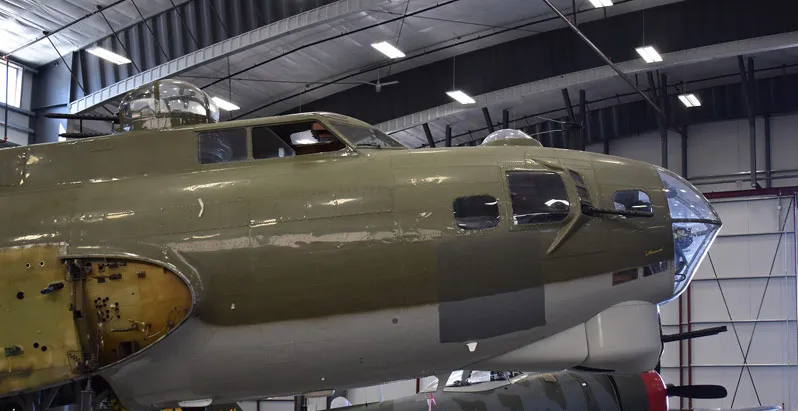
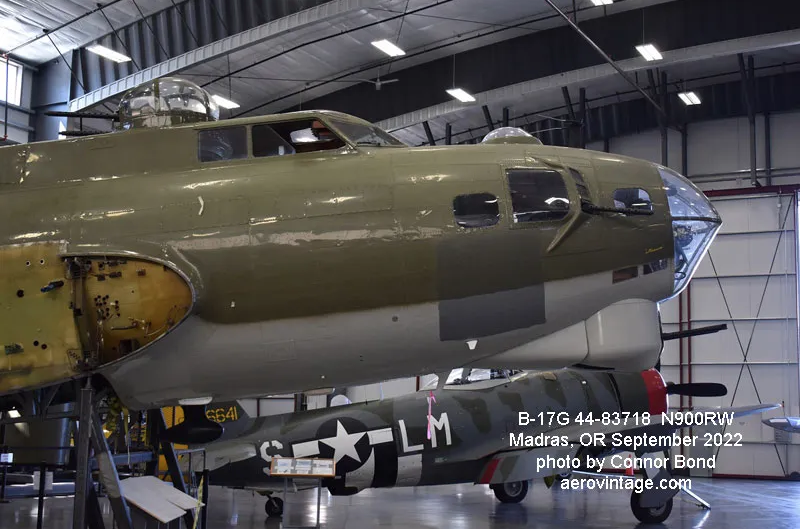
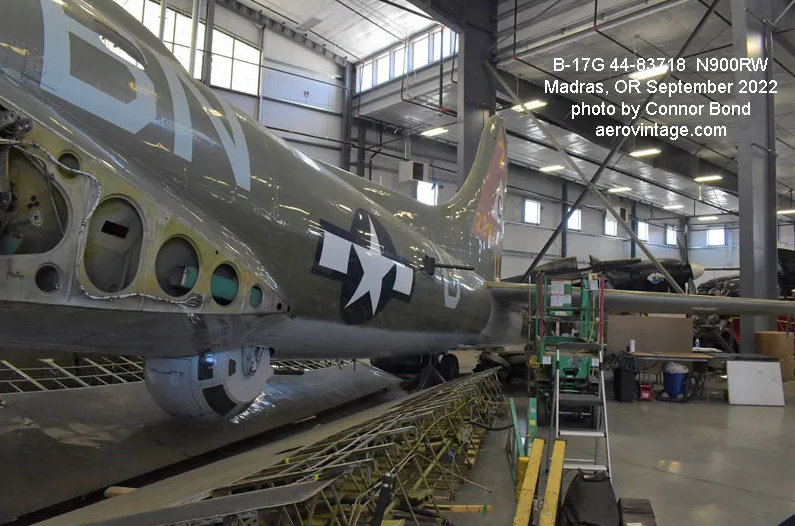
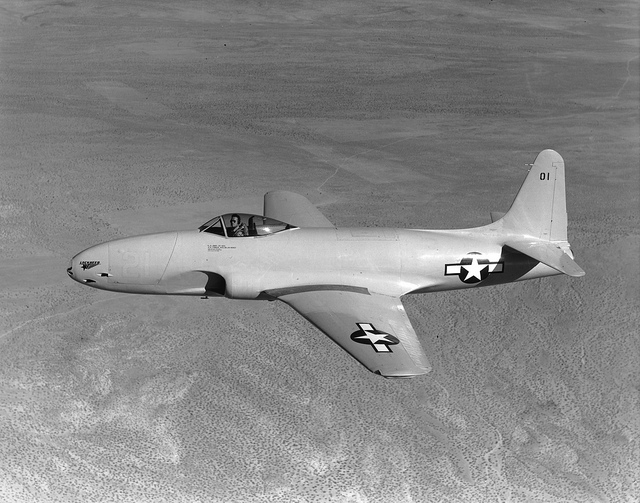
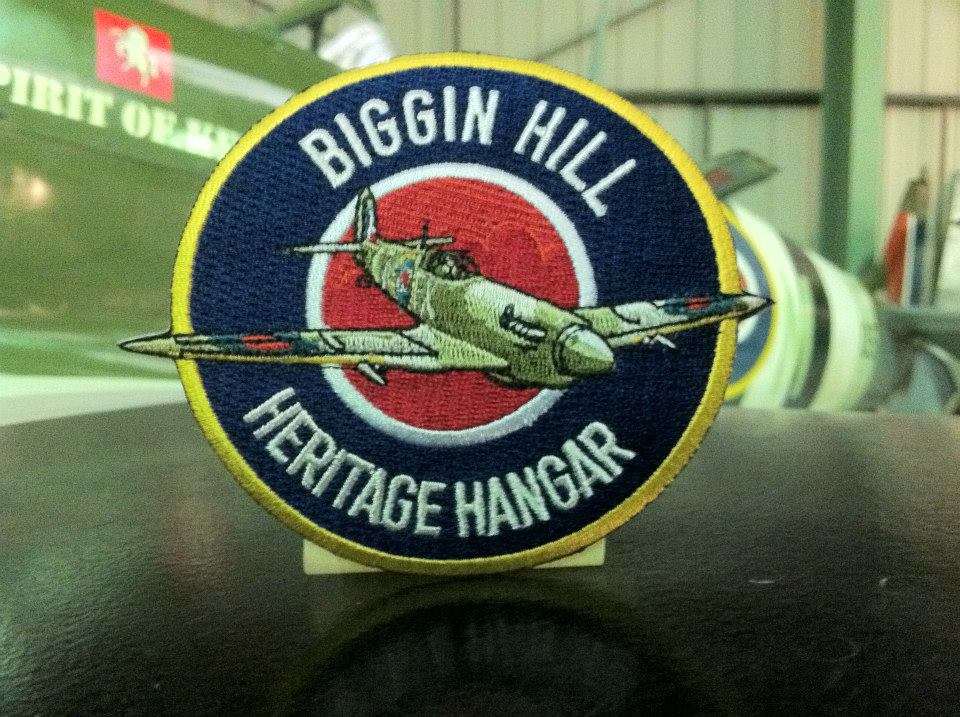
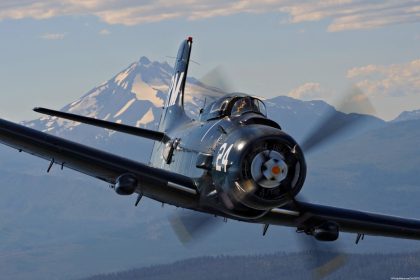
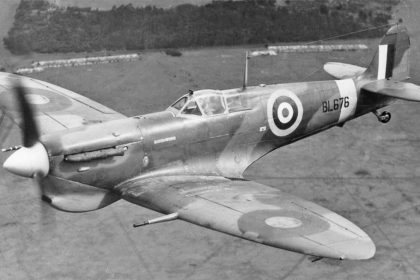
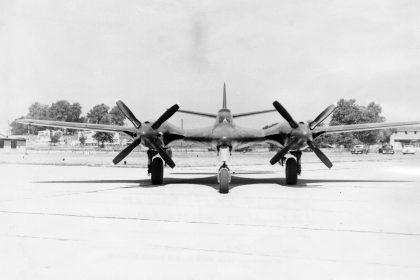
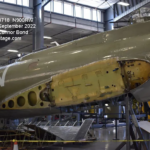
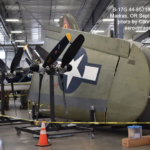
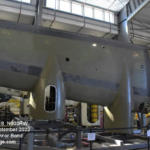
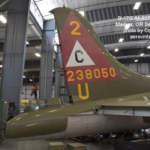

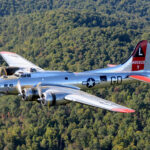
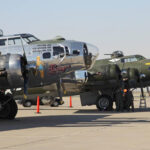

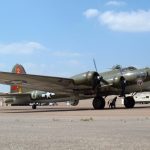
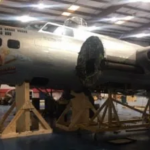
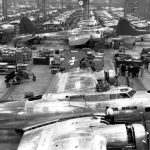
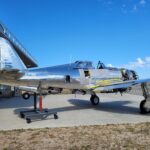
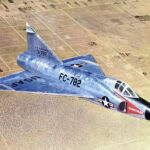
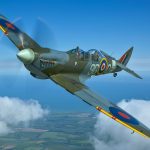
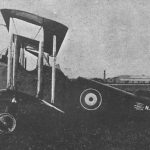
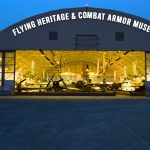
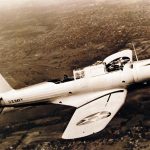
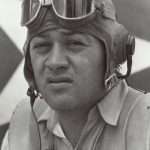





I’m glad she’s getting the work she needs. I flew on Thunderbird for my 16th birthday, got to ride bombardier, which was one of the defining moments in my life. Very thankful that, although I won’t see her as often, she’s going to be around a long time.